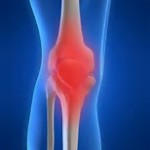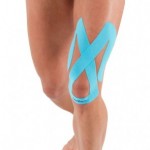Listen to your body!
How do you know when nagging soreness from exercise warrants a trip to the doctor? Soreness is part of working out sometimes. Discomfort is also part of working out sometimes. Pain is NOT part of working out. So here’s the bottom line: If a move, motion or exercise doesn’t “feel” right to your body, it probably isn’t. Unload the weight and stop the exercise. Revisit proper form without weight or resistance, and then try again. If it still doesn’t feel right, then adjust the range of motion, mode of exercise or consider modifications. This is a feeling you don’t want to push through. And if you have pain that results, here are few guidelines to know when to take it seriously:
When ice doesn’t make it feel better.
When you have loss of range of motion or mobility.
When pain wakes you up at night.
Any pain accompanied by swelling, change in appearance of joint or muscles, numbness or tingling.
When you’re unable to perform your usual workout because of pain or discomfort.
 Subscribe
Subscribe



